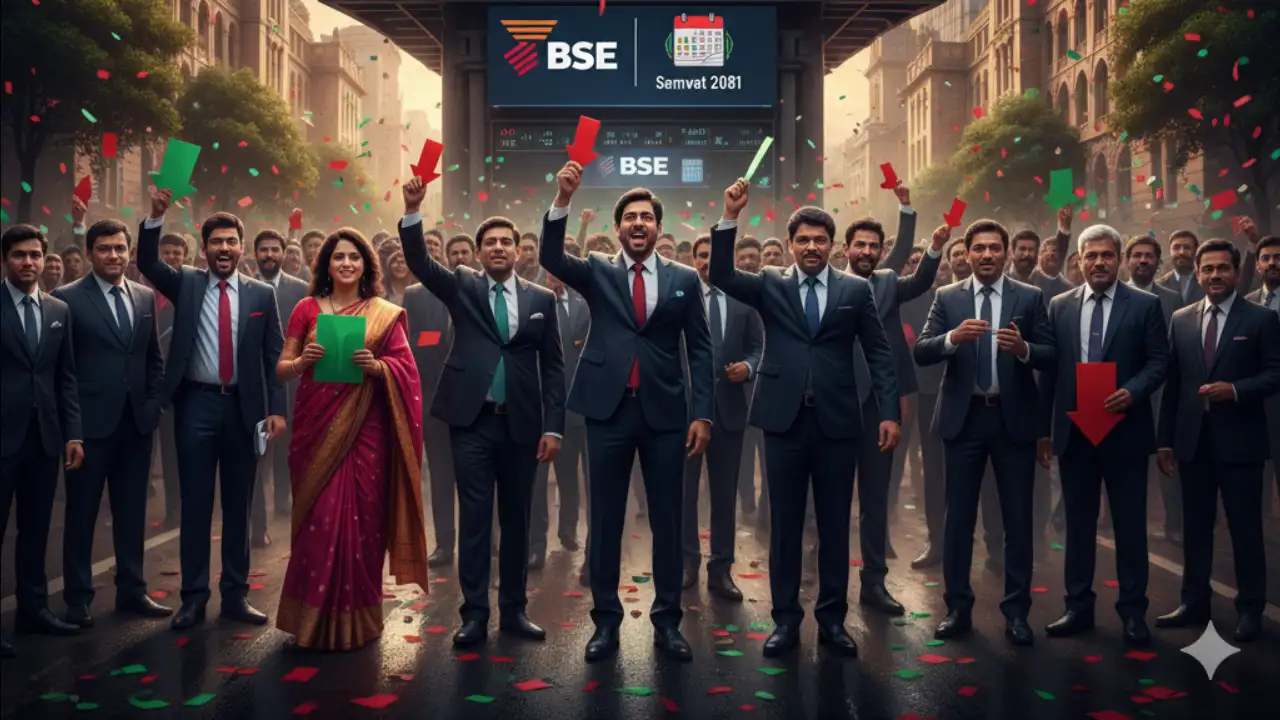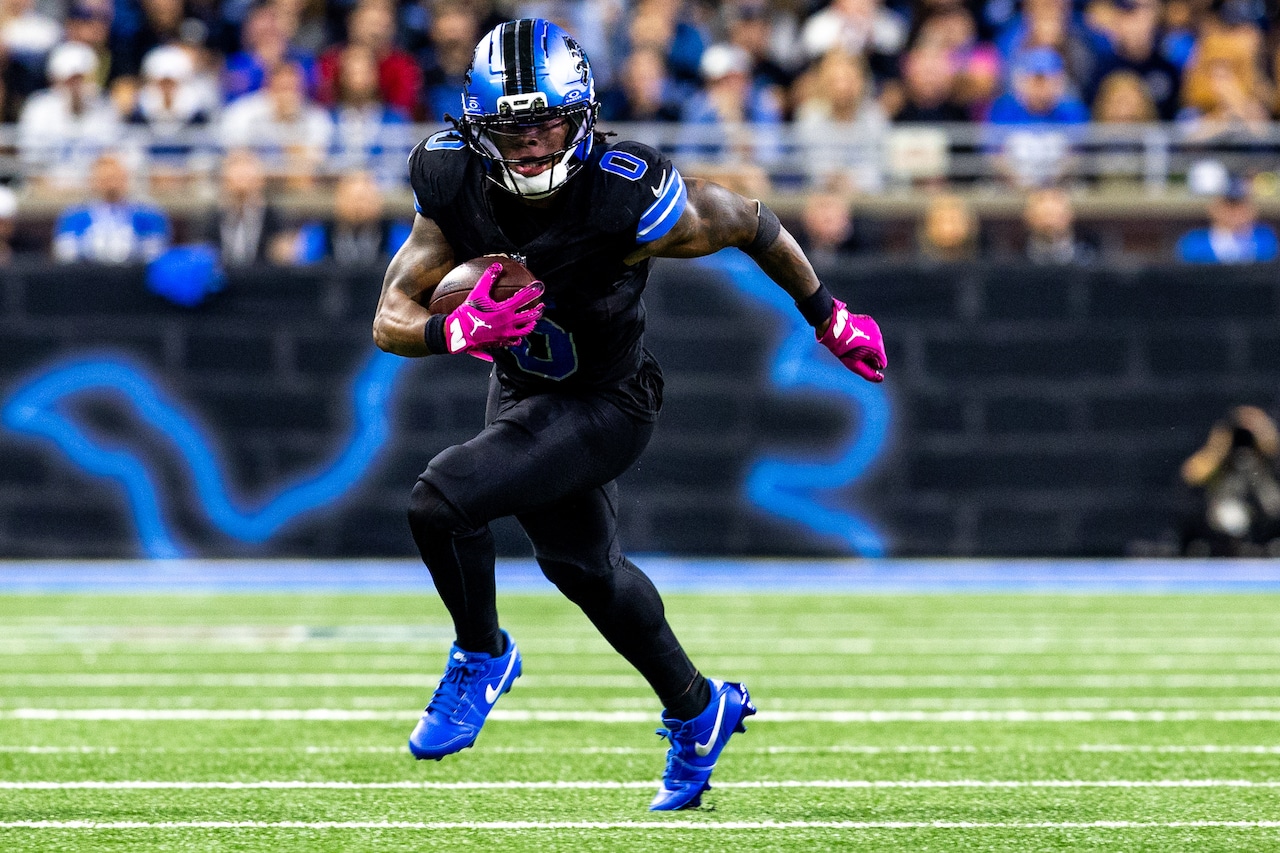Copyright timesnownews

As Samvat 2081 draws to a close, India’s largest business houses have posted a mixed performance , with some clocking robust wealth creation while others faced sharp declines amid global headwinds. Bharti Group Emerges as Biggest Wealth Creator The Bharti Group, helmed by Sunil Mittal, emerged as the top wealth creator of the year, with its combined market value rising 24.8% in Samvat 2081 , the fastest among the country’s top ten conglomerates, according to The Economic Times. Bharti Airtel, the group’s flagship company, drove this growth with a strong rebound in profitability. Its consolidated net profit surged from Rs 8,305 crore in FY22 to Rs 37,481 crore in FY25, and further to Rs 40,186 crore in the twelve months ending June 2025. This stellar run was powered by higher tariffs, booming data usage, and rapid digital adoption across India. Bharti’s strategic focus on digital services and operational efficiency has made it one of the most consistent outperformers in the Indian market. Top 10 Business Groups by Wealth Creation in Samvat 2081 Bharti Group (Sunil Mittal) Wealth Growth: +24.8%Key Driver: Bharti Airtel’s strong profit rebound and expanding digital services.Market Cap Growth: Fastest among top conglomerates, growing at 28.9% CAGR since Diwali 2021.Net Profit Surge: From Rs 8,305 crore (FY22) → Rs 37,481 crore (FY25) → Rs 40,186 crore (TTM June 2025).Reason: Higher tariffs, rising data consumption, and deeper digital adoption.Bajaj Group (Rajiv & Sanjiv Bajaj) Wealth Growth: +24.2%Key Businesses: Bajaj Auto, Bajaj Finance, Bajaj Finserv.Reason: Strong consumer demand and consistent financial sector performance.Mahindra Group (Anand Mahindra) Wealth Growth: +15.7%Key Driver: M&M’s dominance in SUVs and tractors, new model launches, and rural demand revival.Net Profit: Rs 7,253 crore (FY22) → Rs 14,073 crore (FY25) → Rs 14,904 crore (TTM June 2025).Reliance Industries (Mukesh Ambani) Performance: Moderate gains.Reason: Telecom and retail supported growth despite petrochemical headwinds.Adani Group (Gautam Adani) Performance: Stable, with selective recovery post-2023 volatility.Reason: Renewed investor confidence and expansion in green energy and infrastructure.HCL Technologies (Shiv Nadar) Wealth Change: –15.4% declineReason: Global IT slowdown, weaker client spending, and sector-wide headwinds.Tata Group Wealth Change: –13.6% declineReason: Pressure from global commodity prices, metal sector weakness, and muted consumer segments.Aditya Birla Group Performance: Modest gains from telecom and cement recovery.Larsen & Toubro (L&T) Performance: Healthy growth, driven by strong infrastructure orders and project execution.JSW Group Performance: Mixed; steel prices moderated, offsetting gains in energy verticals. Bajaj and Mahindra Groups Follow Closely The Bajaj Group, led by Rajiv and Sanjiv Bajaj, secured the second position with a 24.2% increase in market capitalisation during Samvat 2081. In third place, the Mahindra Group, under Anand Mahindra, registered a 15.7% gain, driven by a strong performance from Mahindra & Mahindra (M&M). The automaker has reclaimed its dominance in the SUV and tractor markets, supported by successful new launches and expanding rural demand. M&M’s net profit almost doubled from Rs 7,253 crore in FY22 to Rs 14,073 crore in FY25, and further climbed to Rs 14,904 crore in the twelve months to June 2025. Diversified Conglomerates Stay Resilient Despite macroeconomic challenges, diversified business houses remained resilient, benefiting from revived domestic consumption, government infrastructure spending, and strong corporate earnings, as per ET data. However, not all conglomerates ended Samvat 2081 on a high note. HCL Tech and Tata Group Face Setbacks The HCL Group, founded by Shiv Nadar, saw its market value fall 15.4%, while the Tata Group, India’s largest conglomerate by overall valuation, declined 13.6%. Both groups were impacted by global tech slowdowns, lower metal prices, and underperformance in certain consumer-facing businesses. Analysts note that the divergence among India’s top business houses underscores the uneven impact of global volatility across sectors. Bharti’s Digital Edge Defines Samvat 2081 The contrasting outcomes highlight the Bharti Group’s strategic edge , its digital-first business model, focused capital allocation, and operational discipline have positioned it ahead of traditional industrial giants. As Samvat 2082 begins, investors and analysts will be watching whether Bharti can sustain this momentum , and if lagging conglomerates like Tata and HCL can stage a turnaround.



